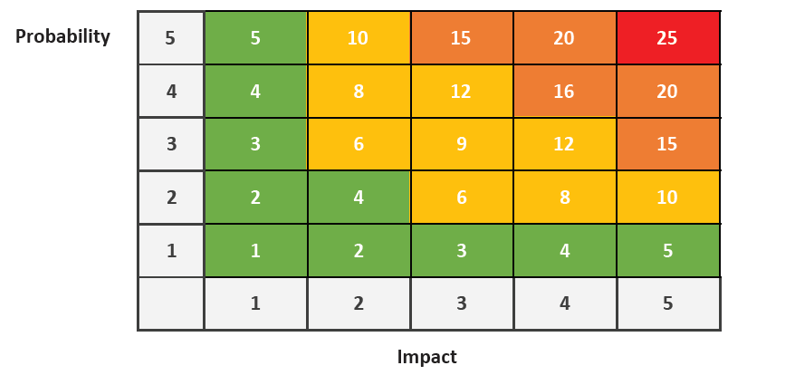
When considering hazard vs risk, most people think the terms to be interchangeable. While the two are related, it's important for you to understand the difference between hazard and risk, especially when creating a safety plan. Continue reading to learn more.
Hazards vs Risks
In the occupational safety and health industry, a hazard can be defined as a potential source of adverse health effect or harm to a person or group of people. In contrast, risks are defined as the likelihood a person or persons may suffer adverse health effects or be harmed if exposed to a hazard.
For instance, if there was an oil spill in a room, the oil could possibly present a slipping type of hazard to everyone that walked through it. However, if management designed a barrier to prevent access to the area; the hazard would stay, but the risk would be minimized.
What Constitutes a Workplace Hazard?
All situations or practices that occur in a workplace or occupational setting with the potential to cause injury or harm can be classified as a workplace hazard. Hazards can be classified into the following core groups:
Physical hazards constitute the majority of hazards in the workplace, such as wet floors, sharp knives, heavy machinery, frayed cords, poor wiring, noises at high decibels and more.
Biological hazards are cause sickness or bodily harm as the result of contact with other living organisms, such as working with sick people, exposure to insect bites, working with animal droppings, etc.
Chemical hazards are the result of exposure to chemicals that result in long-term or short-term illness or bodily injury, such as solvents, asbestos, exposure to paint, carbon monoxide, paint, and other substances.
Ergonomic hazards are classified as workplace processes and working conditions that can cause illness or bodily injury over a period of time, such as improper lifting techniques, repetitive motion, poor lighting, improperly adjusted desks, and more.
Categorizing Risk
Risk is commonly categorized by the harm potential the hazard could cause. In other words, risk can be categorized by the number of times people or persons are exposed to the hazard and the potential harm exposure to a hazard presents.
For example, exposure to airborne asbestos fibers will virtually always be classified as high. This is because a single exposure can cause a possible fatal lung or respiratory disease. On the other hand, the risk associated with using a display screen for brief periods could be considered to have exceptionally low adverse health effects or potential for harm.
One tool used in the assessment of risk is the risk matrix. The risk matrix defines different levels of risk and can be used in key decisions and planning. For instance, harm severity can be categorized as:
Negligible - A single minor injury
Minor -Multiple minor injuries or a single severe injury
Major - Multiple severe injuries or one death
Catastrophic - Several deaths

Contact Premier Safety Partners
Examining and identifying risks and hazards is a key component of designing a safety plan for your site. The experts at Premier Safety Partners offer decades of experience classifying risk and identifying workplace hazards.
Contact Premier Safety Partners today for a free consultation.





